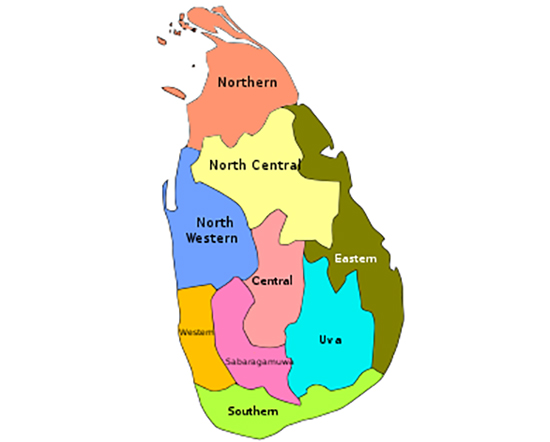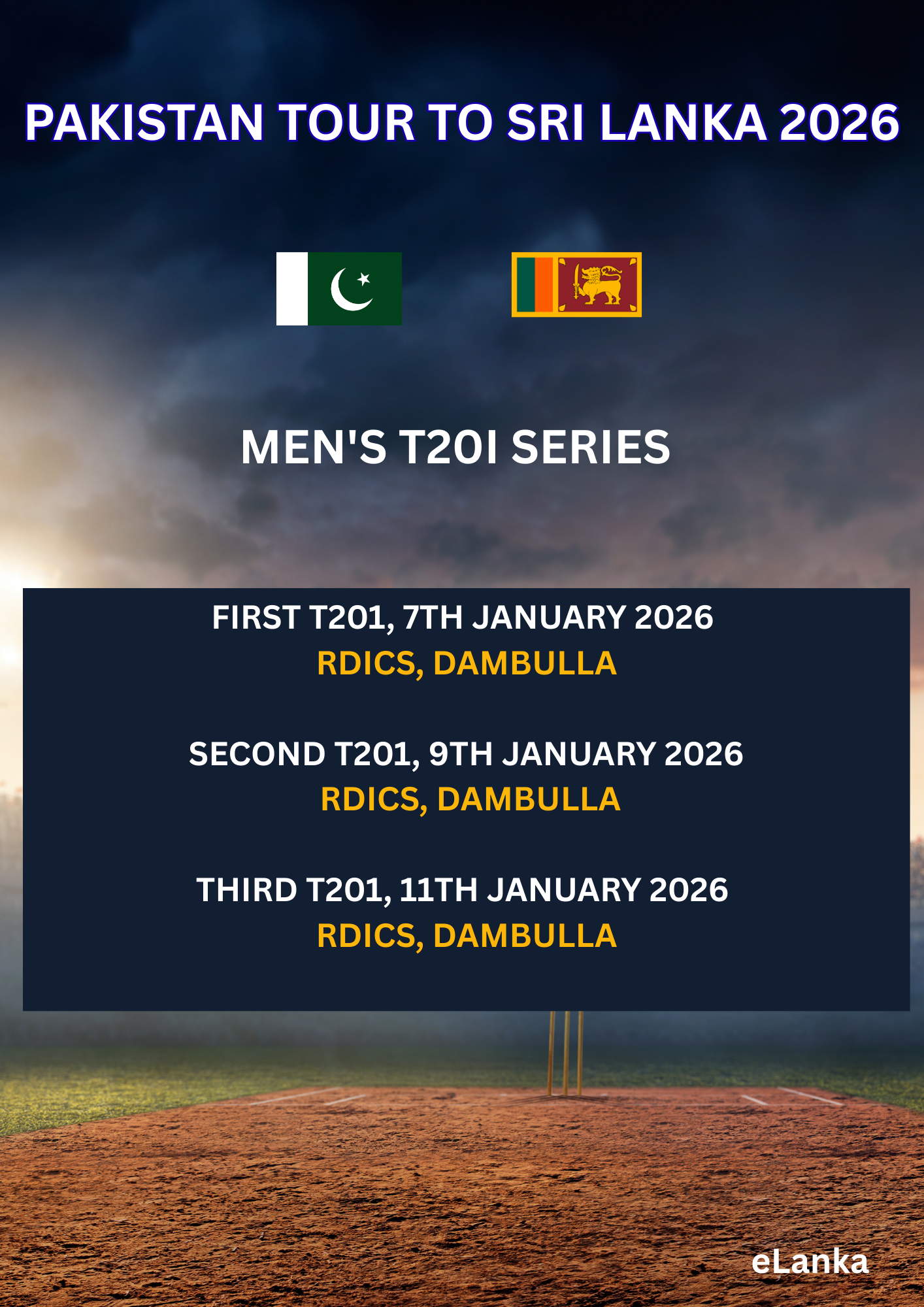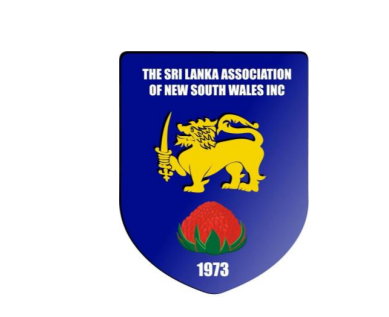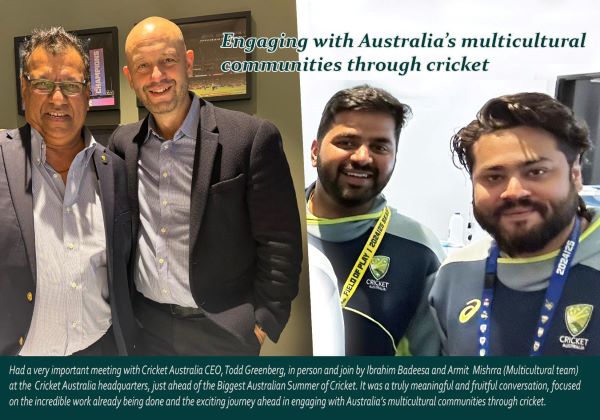President Rajapaksa and his 13A dilemmas-by Rajan Philips

Source:Island
It was said of Prime Minister SWRD Bandaranaike that “it was a grim irony that he should be called upon, at the moment of his greatest political triumph, to articulate the strong opposition of the Sinhalese to any attempt to establish a federal constitution.” Sixty-five years later, it could be said in reverse that it is a grimmer irony for President Gotabaya Rajapaksa to be unfairlyput on the spot by his most ardent supporters and their insistent calls for abolishing the Provincial Council system, in total disregard of the realities of political and geopolitical consequences of such abolishing, not to mention the extraordinary Covid-19 challenges that he has to deal with now. The irony is to be noted because Mr. Rajapaksa was among the first to raise the call for abolishing the PCs as far back as 10 years ago, when even the mere thought of becoming Sri Lanka’s president may not have crossed his mind as an American citizen.
The PCs are not the only dilemma that President Rajapaksa has to wrestle with. He is grappling with quite a few of them. While almost all other presidential dilemmas are connected to Covid-19, the dilemma over 13A and the Provincial Councils is antecedent to Covid-19, but like everything else in Sri Lanka and elsewhere, is complicated by it. Hence the lingering question, why bother with a new constitution now? And especially for this President, whose credentials are totally those of a practical doer, and not at all the characteristics of a constitutional visionary? The answer might be that it is the ‘constitutional cabal’ that is running the constitutional show, like every other cabal running every other government show.
‘Sapatha’ and Overreach
The immediate cause for the abolishment calls is the apparent decision of the government, or the Prime Minister, to go ahead with the long postponed (by the Wickremesinghe-TNA-JVP threesome) elections to the currently defunct Provincial Councils, which were established under the 13th Amendment. The sources of these calls are also a classic case of multiple political tails trying to wag the country’s presidential executive and his brother prime minister. A government minister, indeed, the Minister for Public Security and the State Minister for Provincial Councils, has, in ancient Mahabharata “sapatha kara kiyanawa” style, made a solemn pledge to the members of the Civil Defence Force that he would put an end to the system of Provincial Councils. The Experts Committee tasked with preparing a draft for the new Rajapaksa constitution, is also reported to have expressed concern over holding PC elections before their draft is done and a new constitution is in place.
It is not clear if there is unanimity in the committee over this concern, or if some committee members are speaking publicly for the whole committee. There was an earlier news report that the Experts Committee took an internal vote and decided by majority on a matter that is apparently fundamental to preparing the draft constitution. That an expert committee on the constitution would take an internal vote to decide on a fundamental question without referring it to its political masters in the government (with the parliament helplessly sidelined in the whole exercise) is an extraordinary overreach. If this is any indication, even the draft constitution that the committee would likely produce (presumably by a majority vote) may turnout to be extraordinary and tendentious.
Does the matter that the committee had to vote on have anything to do the 13th Amendment? We do not know. But we know that the more powerful members of the committee are not amused by the government’s apparent decision to go ahead with PC elections. And that is some gall for a committee appointed by the country’s Head of State to publicly tell the government if or when it should conduct elections to any elected body. For now, there is more than Expert Committee amusement or gall that has been put on display. Real midweek fury against the Provincial Councils has been unleashed by Prof. GH Peiris, who is also a prominent member of the Experts Committee.
Facts and Fabrications
Anyone looking to get refreshed on the materially relevant historical background to the constitutional voids that were unnecessarily created in 1972 and in 1978 – and their partial filling by the 13th Amendment (in 1987) and the Provincial Councils it created, could re-read Chapter 36 in KM de Silva’s (1981) “A History of Sri Lanka.” Even its first few pages will do. My opening quote on SWRD Bandaranaike in today’s article is from page 513 of de Silva’s book, in Chapter 36: “The Triumph of Linguistic Nationalism”. The quote might suggest that the historian was having his academic tongue in his political cheek, but it reads far superior to anything that a geographer seems to be able to politically offer 40 years later. And this is not because Sri Lanka has too much history and too little geography.
Yet, no one can do worse than CA Chandraprema’s attempt to rewrite history, as he did in his hagiographic monograph, “Gota’s War.” We can anticipate versions of it to be undiplomatically broadcast from Geneva from March onward. The one thing about the history of Sri Lanka’s national question or conflict is that it is a well studied (even “over studied”, as AJ Wilson used to say) subject, and almost everyone who is of consequence either in Sri Lanka or abroad is well versed, in it and knows to discern between facts and fabrications. More than historical writings, Sri Lanka’s stubborn facts always give the fabricator’s, if not the government’s, game away. Just as it is impossible to hide a whole pumpkin in a plate of rice. Peremptorily abolishing the Provincial Council system will be one more stubborn fact that will fetch no credit for Sri Lanka.
Sri Lankans who have lived through and politically experienced the tumults and wars after 1977 need no lesson from old history, colonial, or pre-colonial. Some of us–Burghers, Muslims, Sinhalese, and Tamils rising above our ethnic strictures, happened to be involved in efforts to respond to these events within the framework of the Movement for Inter-Racial Justice and Equality (MIRJE).1983 is now considered a watershed moment in Sri Lanka’s modern history, one that is totally negative and even calamitous, and quite different from 1956 which bore both positive and negative fruits. However, 1983 had its annual forerunners. Riots broke out in 1977, after a twenty-year hiatus and within months of the UNP’s bigger than landslide election victory. For the first time, plantation Tamils were targeted in communal rioting. In 1978, the UNP used its massive majority in parliament to elevate one of its MPs, Prime Minister JR Jayewardene, as the country’s first executive president. 1979 was the year of the Emergency in Jaffna, when President Jayewardene ordered Brigadier (Bull) Weeratunga (not DIG/IGP Rudra Rajasingham) to “eliminate the menace of terrorism in all its forms from the island and more specially from the Jaffna District.” Two years later, in 1981, tea plantation districts were targeted again in the south, while off-duty policemen burnt down the Public Library in Jaffna. In 1982, President Jayewardene upended parliamentary democracy in Sri Lanka through the chicanery of a referendum. One year later, what was catastrophic became calamitous, as the Palestinians are known to say.
1983 implicated Sri Lanka not only geopolitically with India, but also internationally with practically every western country where Tamils leaving Sri Lanka found a foothold. The Sixth Amendment that was passed during the dark and difficult days of August 1983, erased the elected TULF off the political map and handed over the keys to Tamil politics to armed militants. Sarath Silva said as much in his 2005 ruling as Chief Justice, in the course of denying President Kumaratunga’s plea to stay in office a year longer.
The commonplace argument is that 13A and the Provincial Councils were foisted on Sri Lanka by India’s machinations taking advantage of an old, weak, and beleaguered President Jayewardene. While this argument might be politically potent, it is bereft of any analytical insight or credibility, and it flies in the face of events and the alignments of political forces within Sri Lanka before and after 1983. The notion that India’s role in Sri Lanka was triggered by the fury of Indira Gandhi after she was apparently scorned by JR Jayewardene is cheap table talk and should not be a serious political consideration. And in 2020 it is utterly inappropriate to speak of any woman, let alone a woman political leader and Prime Minister, being scorned, leaving aside the not uncommon misattribution to Shakespeare of the line (“Heav’n has no rage, like love to hatred turn’d, Nor hell a fury like a woman scorned”) that was satirically written by William Congreve (1670-1729) in his play, The Mourning Bride.
Indian Involvement and Sri Lanka’s Failure
I make no suggestion that India’s involvement, or interference, in Sri Lanka was entirely, or even primarily, motivated by neighbourly altruism. There were of course machinations, but they were mostly of the raw bureaucratic kind, thanks to the Research and Analysis Wing (RAW), India’s wannabe CIA. And whether it was Indian involvement or interference, it did not arise out of nothing and would not have transpired the way it did and to the extent it did, without compelling circumstances in Sri Lanka. The Sri Lankan political circumstances after 1977, and more so after 1983, provided both the pretext and the context for India to get involved in Sri Lanka’s internal affairs. And no one, not even India, could have anticipated that things would get ugly and totally out of control as they did over several years. It is still the sorest point among many Sinhalese that India peremptorily prevented the Sri Lankan military onslaught on the LTTE in June 1987 with its controversial air drop of food supplies in Jaffna. The contention is that were it not for this highhanded intervention, the war would have been over by and large in 1987 itself. This is debatable because the LTTE was then primarily a guerrilla organization and may have survived the onslaught to live and fight another day. It was only years later that the LTTE would build up its so called conventional fighting force and convert itself from being a fighting-fit guerrilla force to a flabby national army, and getting drunk in the process with its own myth of invincibility. And in this saga of ironies, India that initially aided and armed Tamil militant groups on the beaches of Tamil Nadu, would later preside over the disarming of every militant group bar the LTTE, engage its army in an unfinished and unsuccessful fight against the LTTE, and finally – 22 years after the infamous ‘parippu drop’ – end up aiding and assisting the government of Sri Lanka to vanquish the LTTE once and for all. It was not only the Central Government in Delhi that went through these about-turns, but also the state and government leaders in Tamil Nadu who were complicit at every step along the way. And there is no shortage among Sri Lankan Tamils who believe that the Tamils were shortchanged in the Indo-Sri Lanka Accord and the 13th Amendment, and especially by the provisions of the Provincial Councils Act that the two gave rise to.
As for JR Jayewardene, although his detractors among the Sinhalese may never concede this, he must have felt entitled to a little last laugh in getting India to clean up the militant mess which in his mind was mostly of India’s making. To his justifiable credit, however, he conceded in the end that India was the only external agency, and not any western country or international agency, that would help him put his Sri Lankan house in order after national politics has unravelled beyond restoration by any domestic initiative alone. This very point was well articulated in a public statement, at the time of the Indo-Sri Lanka Accord, by more than a score of left and liberal Sinhalese intellectuals, activists, and academics. I do not have the statement at hand, but suffice it to say that the anti-13A lobby is not entitled to claim exclusive monopoly over Sinhalese political thinking, then or now.
As well, the 13th Amendment is not the only controversial initiative, constitutionally or otherwise, that JR Jayewardene implemented and presided over aided by his tyrannical majority in parliament. His entire 1978 constitutional project has been controversial from the time of its inauguration. In fact, the 13th Amendment has had greater support among non-UNP Sinhalese, than the 1978 Constitution ever did. Abolishing the executive presidency has been the winning battle cry in every election from 1994, until 2019. At none of these elections, including, I believe, the 2019 and 2020 elections, did any of the main contenders for power promised to abolish the Provincial Council system.
On the contrary, Chandrika Kumaratunga and her People’s Alliance movement used Provincial Council elections to launch their campaign against and eventually oust the UNP from power after its seventeen year rule. Mahinda Rajapaksa cleverly and consistently used PC elections to consolidate his electoral fiefdom. Again, as political indicators go, the 2014 PC election in Uva signalled the people’s regime fatigue after 10 years of Rajapaksa rule and 20 years of SLFP-dominated governments. Lacking Chandrika Kumaratunga’s charisma and Mahinda Rajapaksa’s cleverness, the beleaguered yahapalanaya folk shuttered up the Provincial Councils and postponed their elections indefinitely. Their dillydallying has created the current dilemma for President Rajapaksa.
There is no dispute that the implementation of the Provincial Councils system has not turned out to be an appealing success. But this is not due to any systemic or structural shortcomings, but entirely due to the failure of political leadership. The blame for the worst leadership failure should fall squarely on the shoulders of Maithripala Sirisena and Ranil Wickremesinghe in general, and particularly on the TNA and CV Wigneswaran for what they have done and what they failed to do with the Northern Provincial Council after its first and only election in 2013.
There is no question that the PC system needs changes and reforms, regardless of when the next elections are held. And unlike any other institution in Sri Lanka, the PC system has a handbook of reform recommendations in the comprehensive symposium complied, in 2010, by the late Ranjith Amarasinghe, Asoka Gunawardena, Jayampathy Wickramaratne, and AM Navaratna-Bandara. There have been plenty of other suggestions, most recently by Austin Fernando and Nirmala Chandrahasan.
In his December 25 article in The Island, Fernando recounts that the current government includes many past champions of the PC system, including former Provincial Chief Ministers and Governors. Will they speak out now, or stay silent as the current abolishment clamour grows? The current voices of abolition have been around from the time the PCs were introduced in 1987-88. But for over 30 years they have not gotten anywhere close to influencing, or dictating to, the policy of any Sri Lankan government on the 13th Amendment and the Provincial Councils. Until now. And that is President Gotabaya Rajapaksa’s main dilemma.





















